Wireless lighting in the apartment
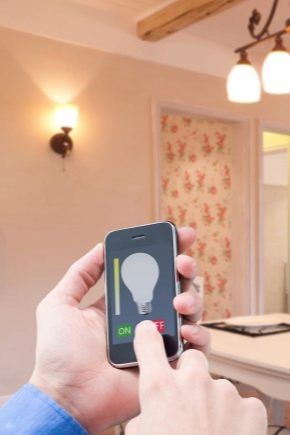
Modern technologies allow designers to boldly experiment with the design of premises, giving the interior style, comfort, beauty, and all this combined with safety.
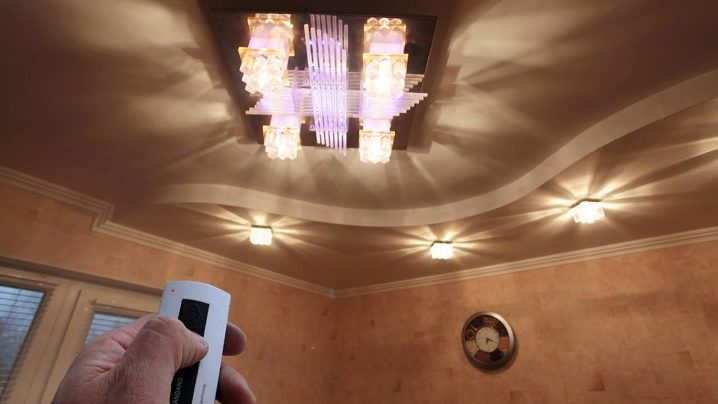
One of the new technical advances is considered to be wireless lighting in the apartment, which has recently been rapidly gaining popularity.
What it is
Thanks to wireless lighting, it became possible to control the luminous flux from absolutely anywhere in the room. This system is a set of special equipment, when installed, you can control lighting devices, as well as adjust the lighting level using a remote control (RC).

The set of the system for wireless lighting control includes a radio relay and a remote control, also known as a switch. Thanks to the generator built into the remote control, electrical impulses are created that transmit a signal to the radio relay, which closes or disconnects the power supply of the electrical link. Often, a radio relay is installed near the lighting device, or inside it, if space permits.
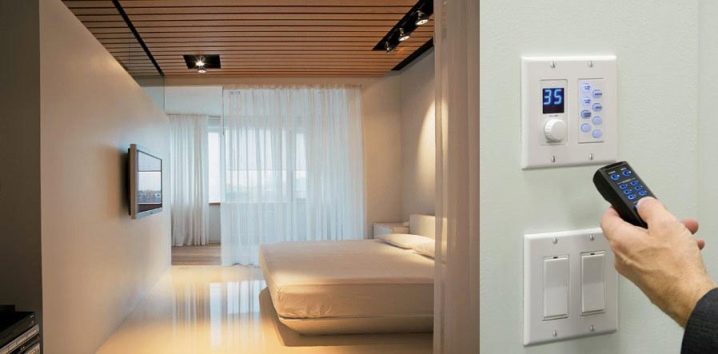
With the introduction of wireless lighting into human life, it became possible to create an original room design using a variety of lamps.
A wireless panel is a system consisting of conductive layers in which LED lamps are embedded. Such panels are quite thin. With their help, you can create a variety of unusual decoration options.
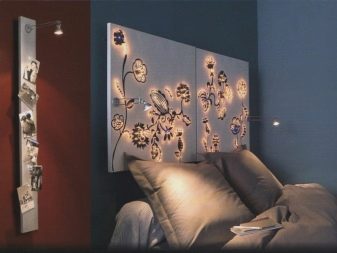

Fastening of these products is possible to various surfaces: ceiling, walls or floor. Recently, this type of lighting is often used on advertising stands or monitors. The wireless panel can be installed as main or auxiliary lighting.

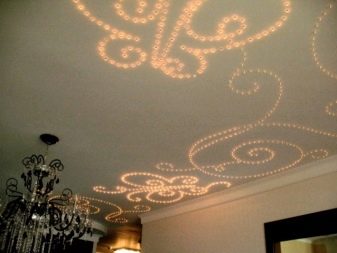
Thanks to the small size of the bulbs, it is possible to create a variety of unique shapes and patterns.
Advantages
A wireless lighting system has several advantages:
- no need to damage walls by laying wiring when changing the device circuit, which saves time and materials;
- increasing comfortable conditions due to the possibility of installing remote switches anywhere in the room. Such devices are quite mobile, allow you to control lighting from any point in the room and have a fairly large operating radius;
- ease and simplicity of the process of installing such a system without contact with the main electrical network of the building;

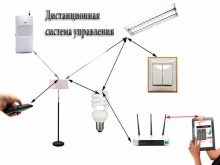
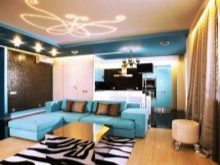
- complete safety of equipment;
- stylish design, the possibility of original interior decoration;
- automation of the work of several devices at once;
- energy savings when installing additional sensors that turn on the light if necessary.
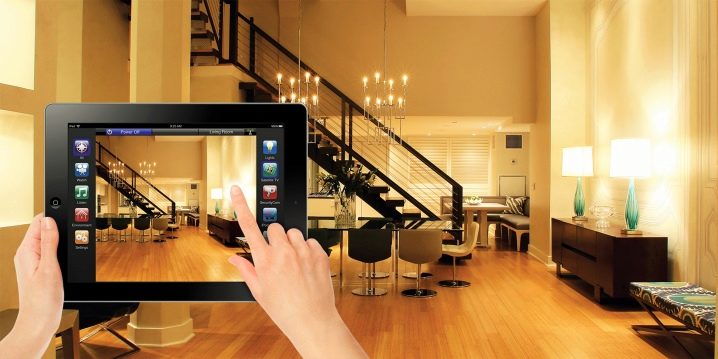
Consider a list of the advantages of wireless panels:
- rather insignificant thickness, about 2 cm;
- light weight, since the material of manufacture is polyurethane;
- excellent sound and electrical insulation characteristics, provided that they are installed correctly;
- high strength and moisture resistance;
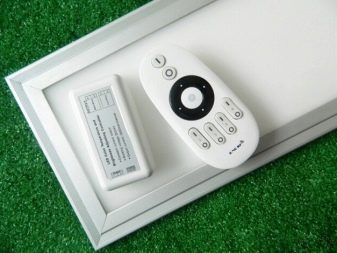

- a variety of panel finishing materials: fabric, painted;
- the ability to use material from both sides;
- ease and simplicity of installation of the lamps and the panel itself: just make a hole in the required place and place a light bulb;
- energy saving, since the used panel voltage is 12 W.
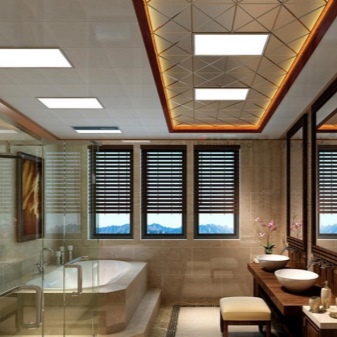

disadvantages
Despite a number of positive aspects, the wireless lighting system still has disadvantages:
- quite high price.Not everyone can afford to buy such technology;
- if it is a remote control system, then control over the operation of the batteries in the remote control or a stable Wi-Fi signal is necessary, otherwise manipulation of the lighting will become impossible.

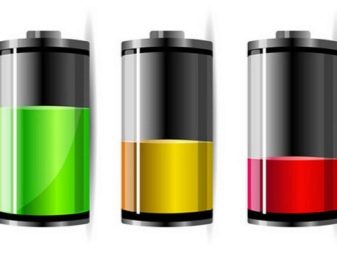
- wireless panels require special electrical equipment such as a connector and a transformer to be installed in an easily accessible place;
- when installing metal elements, additional insulation is required.
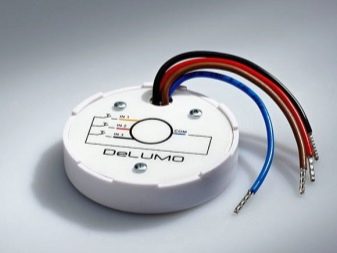
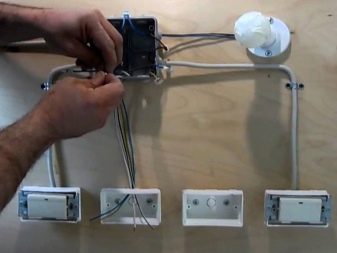
Varieties
As a rule, all wireless lighting systems are similar to each other and differ in the type of transmitted signals, the main of which are infrared, radio wave and pulse.
- Infrared signalTypically used for outdoor lighting in private buildings and public places. The principle of operation of this type of remote control is similar to that used to control TVs. Such systems can control luminaires that are in the field of view at a distance of up to 10 m.
The ability to control all lighting devices in the house from one place using this signal is excluded.
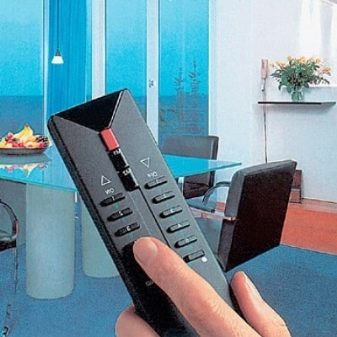
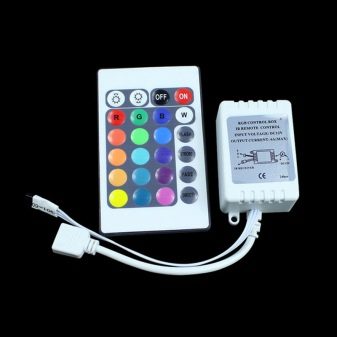
- Radio wave signal has a slightly larger radius of influence. Pulse signals are considered the most productive, providing good remote radio control of lighting. Each element in the set of this wireless lighting has a radio sensor that transmits a signal to the lamps using a remote control.
The signal radius depends on the device used. In the presence of an antenna, it reaches 3 km.

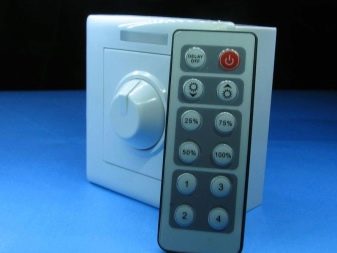
Modern systems have an additional delayed shutdown function. They can be equipped with motion sensors, which makes such inventions very popular among comfort lovers.
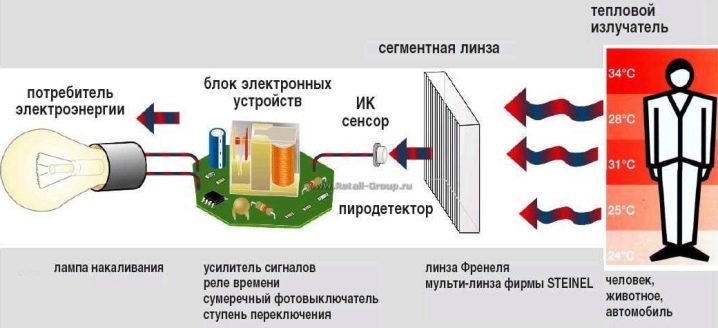
Remote controls (remote controls) can be shared or individual for each room. Devices have a different number of channels (standard - 2). Most often, the remote control contains 5 buttons required to control various devices.

Along with the remote controls, lighting can be controlled using a special device - a common controller installed anywhere in the room. Usually it is mounted at the entrance to the corridor so that the person entering can immediately turn on the light. This device is a small touch or keypad fixed to a surface.

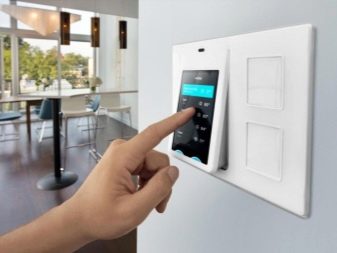
There are also more simplified versions of wireless light control systems, such as smart lamps and chandeliers on the control panel.
Models
Currently, there are a large number of models of wireless lighting devices. They differ in technical characteristics. The most popular options are:
- Wireless multifunctional system Zamel. It has 2 channels, the range of the radio installation is up to 200 m, and is equipped with an optical signaling function for equipment.
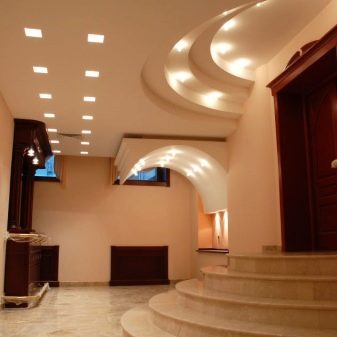
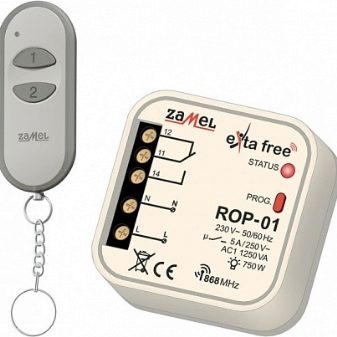
- Coco AWST-8802 model. This device has only two keys and is powered by batteries. From the advantages: the ability to touch control, connection to Wi-Fi, lighting control at a given time.
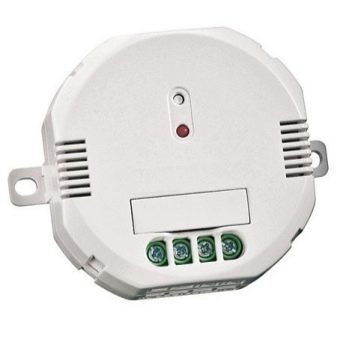

- Wireless device "Delumo" performs control of three zones at once, not only lighting, but also other various electrical appliances. Extends the life of light bulbs.
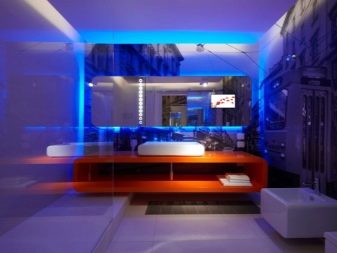
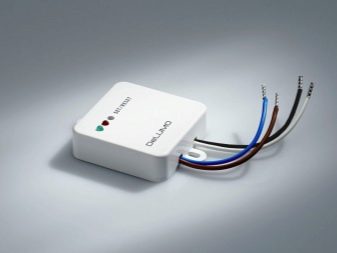
- Radio-controlled switches "Nootechnika" have good technical characteristics, a wide range of models, a manufacturer's quality guarantee and reasonable prices.
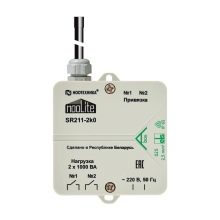

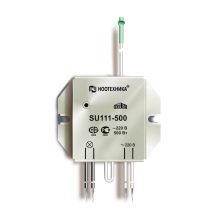
- NooLite radio-controlled kits have the ability to expand the system, to select the required luminous flux intensity for each channel. They are often used in the “smart home” system.

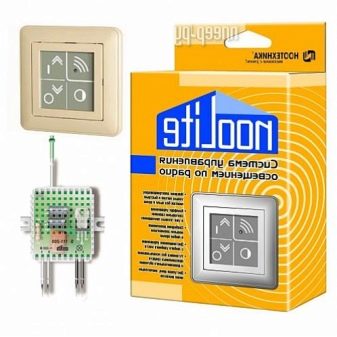
You can learn how to make wireless control of light in an apartment with your own hands from the video below.













The comment was sent successfully.